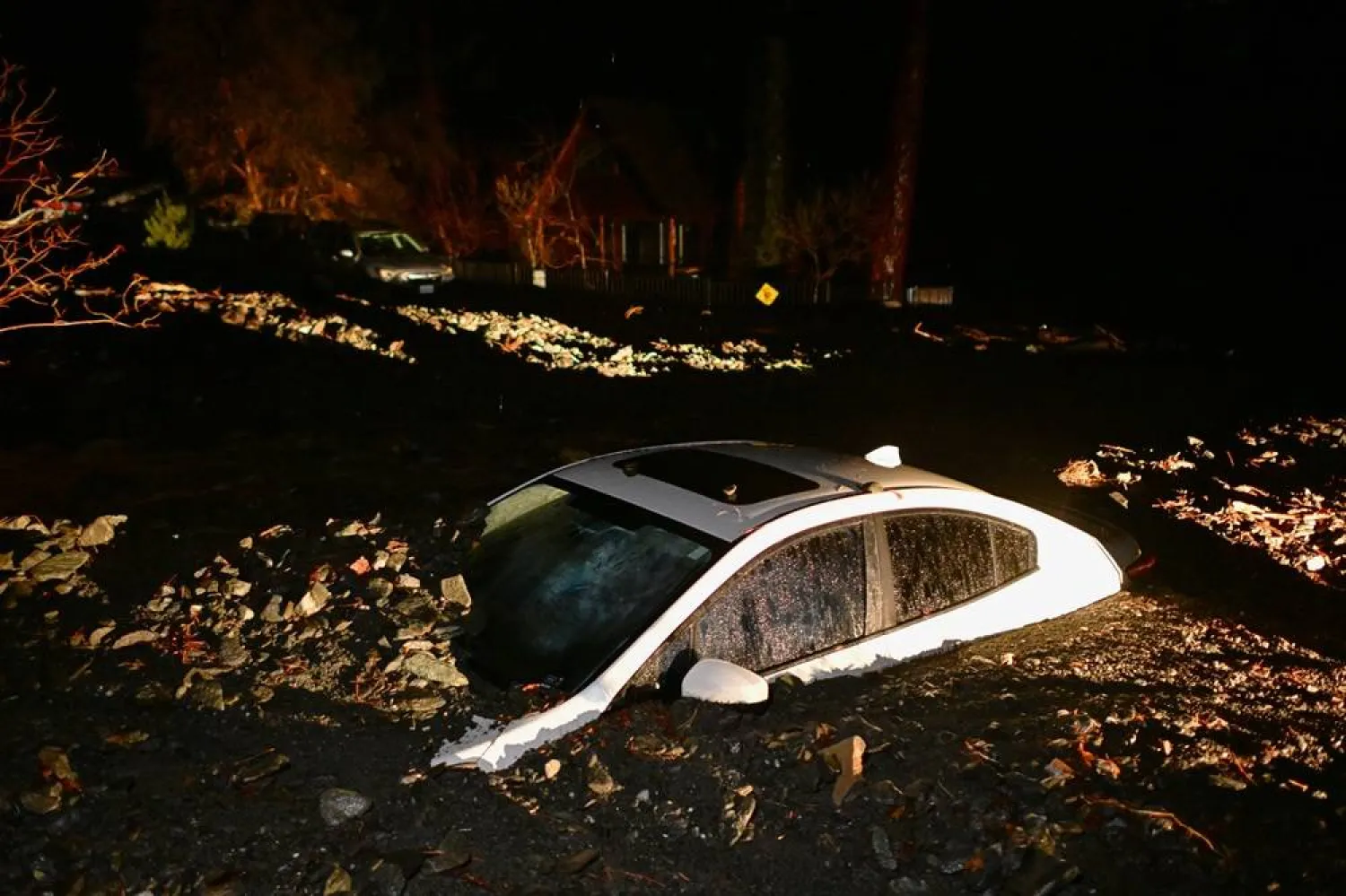The Communications, Space, and Technology Commission (CST) launched the "Space Challenge Camp” in the field of space science and engineering, which targets undergraduate students and fresh graduates.
The camp is part of CST’s role in enabling national human capabilities in the space field, with the aim of developing participants' knowledge and skills, introducing them to future opportunities, enhancing the capabilities of national competencies, and inspiring future generations to pursue scientific careers specializing in space sciences.
CST stated that the camp, which will span two weeks in October, consists of two phases: a virtual phase through the website, and an in-person phase at the Prince Mohammed bin Salman Nonprofit City (Misk) in Riyadh. The camp's activities will revolve around providing participants with an introduction to spaceflight, space program management, spacecraft systems, atmospheric re-entry approach, and landing techniques.
CST emphasized that the camp will contribute to the development of participants' skills and knowledge by training them in space program management, understanding the fundamentals of human spaceflight design, design skills, problem-solving, teamwork skills, and team management. The camp will also involve participants' competitions, where they will design innovative solutions to challenges faced by astronauts in human spaceflight missions.
CST clarified that joining the Space Challenge Camp is conditional on the applicant being a Saudi national who must currently be enrolled in a bachelor's degree program in a scientific or engineering major. For recent graduates, it is required to hold a bachelor's degree in a scientific or engineering field. Additionally, proficiency in spoken and written English is necessary, along with meeting the program's other requirements.
CST highlighted that the Space Challenge Camp will offer lectures based on experiential learning delivered by specialists and experts in the space field, and participants will receive certificates of attendance from the CST commission.









